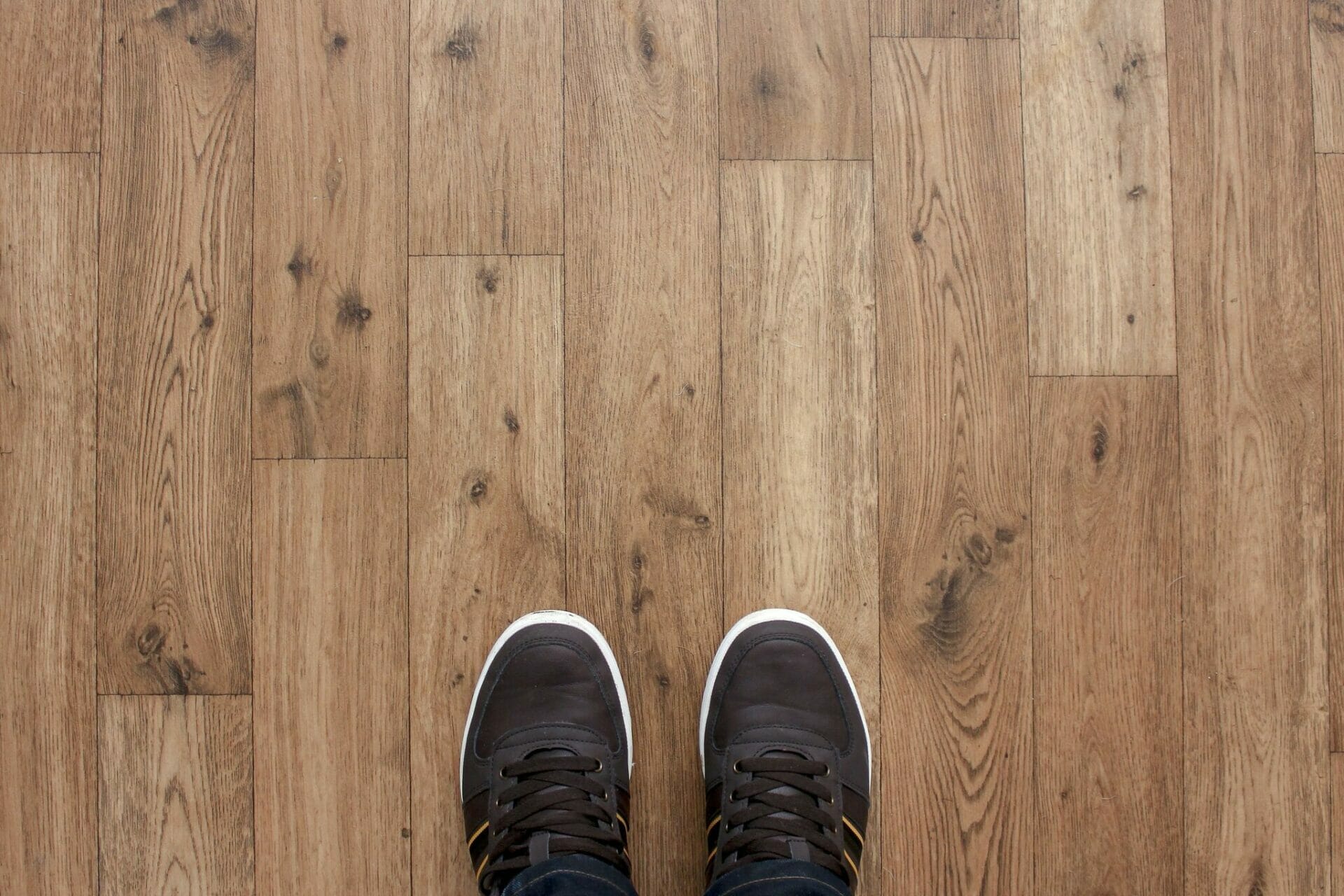Wood is a natural material, which means it reacts to the air around it. In high humidity, the wood will absorb the moisture and expand. On the other hand, low humidity sucks moisture out of the hardwood and makes them shrink up. We want your hardwood floors to look amazing for many years to come, so let’s discuss the effects of humidity (or lack thereof!) and how to negate them!
Wintertime Can Cause Contraction
Since winter tends to be much less humid, it’s common for wood to contract a bit, leaving small gaps between the boards. You may even notice that the gaps are more obvious near vents and radiators due to the dry, hot air decreasing humidity even more.
Ideally, wood floors do best in humidity ranges between 35% and 55%. Unfortunately, this percentage can very easily drop below that in the winter when the heat is turned up and everything is drier. Don’t worry though, purchasing a humidifier or having one installed in your home can negate gapping from occurring.
Summertime Can Cause Expansion
When the humidity in the air is high, hardwood floors absorb the excess moisture in the air. This causes the gaps in the floorboards to close up. In order to prevent this swelling, you can run an air conditioner. This dries out the air in the home and keeps your humidity levels where they need to be. If you do not have an air condition, a dehumidifier will also get the job done.
What Degree of Contraction or Expansion is Normal?
It’s a given that your floor will swell and contract a bit with the seasons. This is normal and nothing to worry about. However, if the swelling or contraction is extreme, it can cause damage to your floors. If you’ve noticed excessive gapping or contraction, reach out to a hardwood specialist for help. Additionally, the amount of normal contraction and expansion depends on the type of wood used for the floors.
When to Call a Professional
Cupping is when the edges of the panels are higher than the center. Crowning is the opposite, so the center is higher than the edges of the plank. If there’s cupping or crowning happening, it needs to be addressed ASAP by a wood flooring professional who specializes in repairs.

